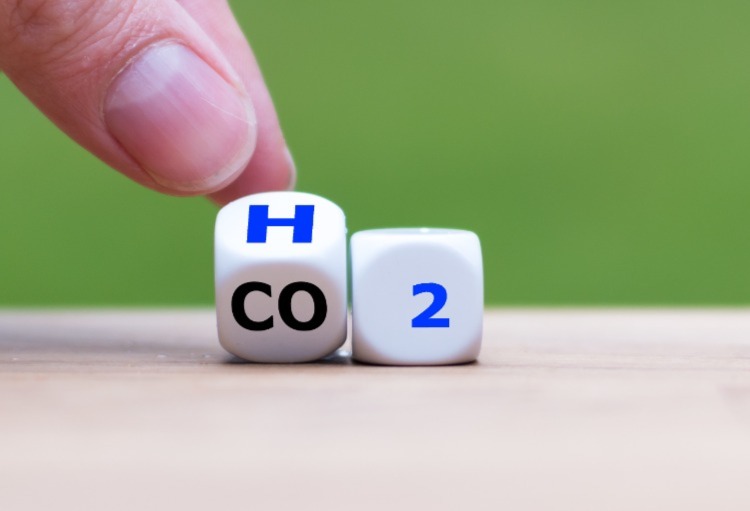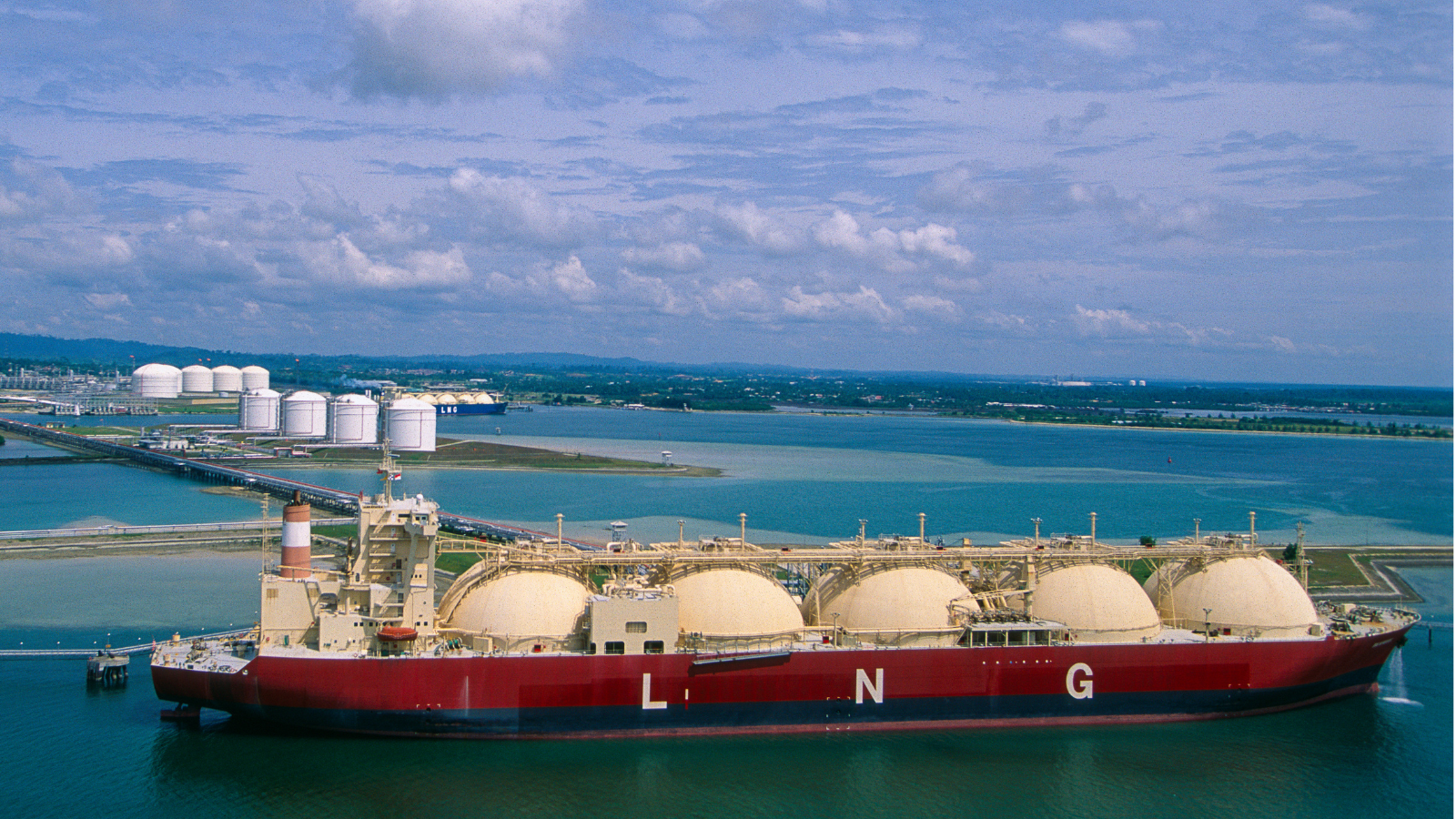Much has been said recently about reaching net-zero targets and minimizing our carbon footprint. In December 2020, the Canadian government released the Hydrogen Strategy for Canada, which lays out a detailed framework for actions that will utilize hydrogen as a tool to achieve our goal of net-zero emissions by 2050. A key factor in achieving this success will be to generate blue hydrogen from the abundance of hydrocarbons that sit in the Western Canadian Sedimentary Basin.
However, to achieve this success, we must find ways to capture and store the CO2 by-product of blue hydrogen production. This has become another important topic of conversation of late.
Earlier this month, the Alberta Carbon Trunk Line (ACTL) marked a significant milestone with the capture and sequestering of one million tonnes of carbon dioxide. And, just last week, Suncor Energy announced an investment in Svante, a carbon capture technology firm, as a component of their strategic plan to reduce GHG emissions both as part of their core business, and in the production of blue hydrogen.
Late last year, GDM Pipelines, the experts in understanding Western Canadian oil and gas infrastructure, released a paper assessing the suitability of infrastructure in Western Canada to accommodate the transport of hydrogen. Now, as a follow-on analysis, we have taken a deeper look at the potential for existing infrastructure to transport CO2.
In our new paper “What do we do with CO2? Assessing pipeline requirements for CO2 transport”, we take a deeper dive into the integrity considerations, regulatory requirements, and infrastructure conditions needed for pipelines to be re-purposed for CO2 transport.
We invite you to download the paper and join in the conversation about the future of the oil and gas industry in Western Canada.



